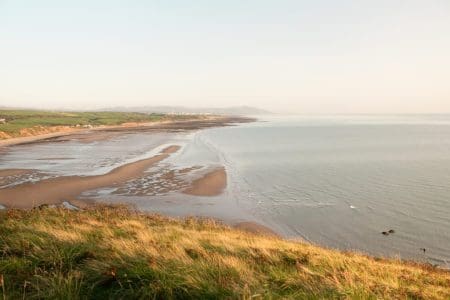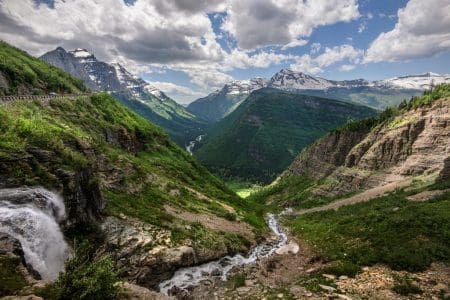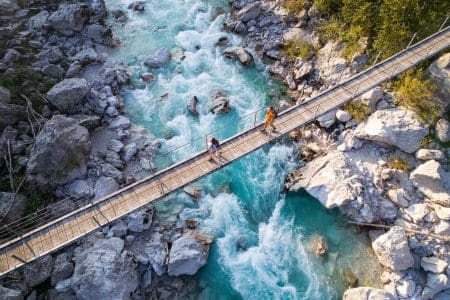The Faroe Islands, the wonderfully remote and rugged collection of 18 islands in the north Atlantic, are simply made for hiking. Walking routes – from easy to challenging – are on offer with a new tool on five of the main islands, plus six of the Northern Islands (Nordoyggjar) – Fugloy, Svinoy, Vidoy, Kalsoy, Kunoy and Bordoy. There are over 50 routes from which to choose across these 11 isles, and more are to be added.
The new Hiking in the Faroe Islands tool allows you to choose routes by ability, distance, terrain, interest and duration, so you can find walking trails to suit you and those with you. Incredibly detailed, there are also 3D maps, key facts and descriptions of the tours, so it’s almost as if you have your own local guide to take you through the wonderful scenery, dramatic landscapes and spectacular coastlines.
Here are three sample routes to choose from, which can all be taken in either direction.
- Rituvík to Lamba on the island of Esturoy – MEDIUM / 4.4km / 1hr 45 mins / Bus route to Rituvík (walkers need to return to starting point on foot)
Enjoy the relaxed (but often wet!) route from one of the newest villages in the Faroe Islands to one of the oldest. The village path between Rituvík and Lamba makes for a fairly easy hike, lasting about two hours, with views of the village of Skjálafjørðurin and the wonderful natural world surrounding hikers throughout. The terrain is flat and easy to walk, and you can see traces of where people cut peat in the past, seldom practised now and only permitted for those who own the land. The route becomes grassy terrain in Rituvík, where you can view a statue of the first people who moved to Rituvík in the 1800s. The coast outside the village is known to be an excellent dive site, located near kelp forests and underwater rock canyons. Overlook Nólsoy and spot the wind farm in Eystnes, the national football stadium at Svangaskarð and, at the top, you’ll enjoy a panoramic view of Lambavík. End your journey in Lamba, one of the oldest villages in the Faroe Islands, dating back to around 1350.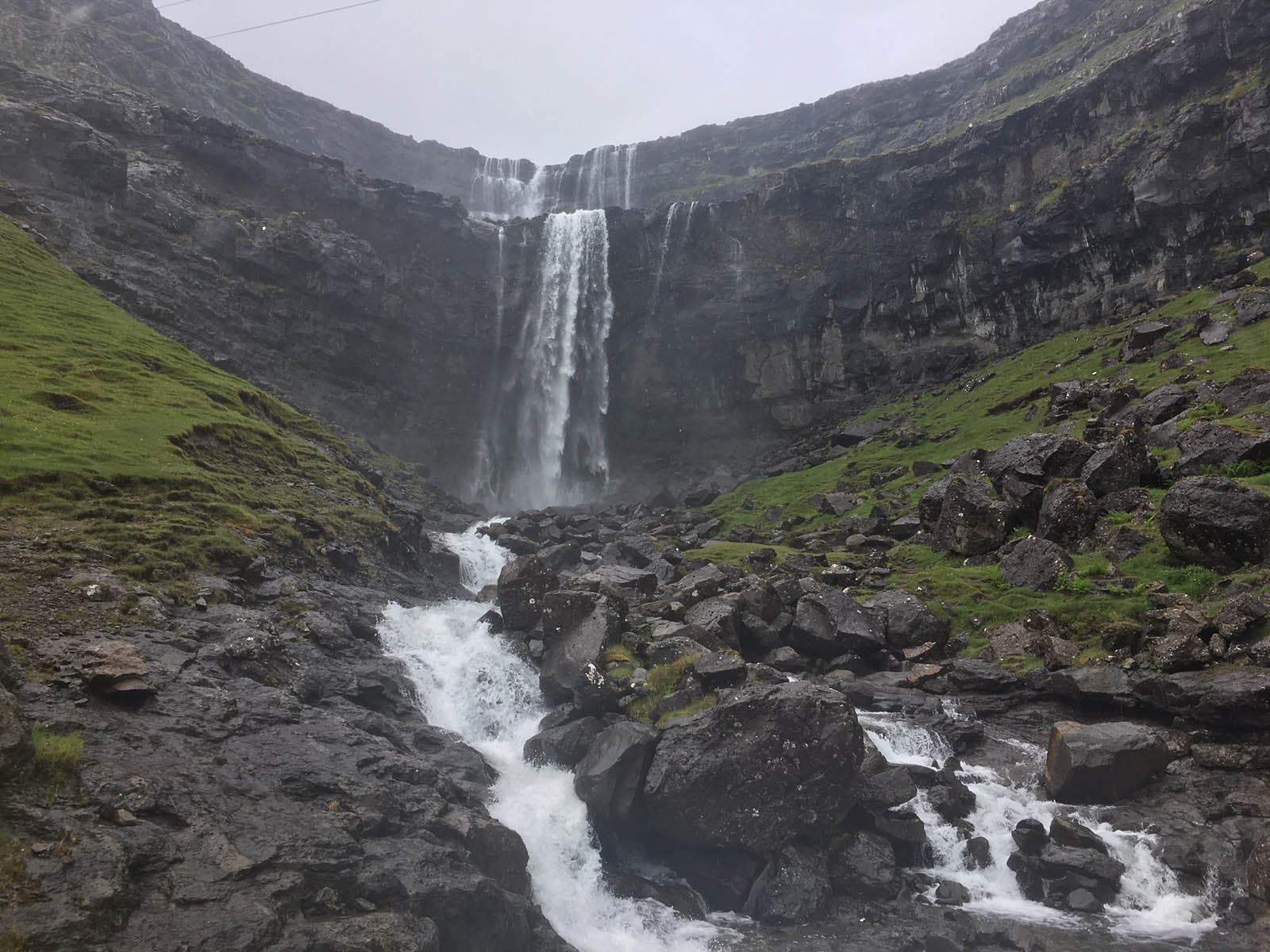
- Funningur to Gjógv on the island of Eysturoy – MEDIUM / 3.8km / 1hr 30 mins / Car required to reach starting point (walkers need to return to starting point on foot)
The walk between the beautiful villages of Funningur and Gjógv is a wonderful step back in time, the pathway originally paved with stones. Funningur is the oldest village in the Faroe Islands, according to legends, and sits at the foot of Slættaratindur, the highest mountain in the Faroe Islands. Head upward, east of the river Skarðsá, to reach Gjógv, the most northern village on the island of Eysturoy, where around 50 inhabitants live in old timber-walled and turf-roofed cottages. There are spectacular views of the North Atlantic and the surrounding islands. The village includes a charming teashop, a guesthouse (Gjáargarður) and a campsite, and is located approximately a one-hour drive from capital Tórshavn.
- Mikladalur to Trøllanes in the northern Isles (Norðoyggjar) – CHALLENGING / 4.2 km / 2 hrs 15 mins / Bus route to and from starting/finishing point
On this challenging but beautiful hike, you will see the risks people took in the past in order to live in these remote areas. This hike is only suitable for walking in dry weather – and if you are not afraid of heights! In the village of Mikladalur, see the seal woman statue, a symbol of the legend of the seal woman who was trapped on land as a human after shedding her seal skin. With narrow and steep ledges and significant drops, you’ll head north from Mikladalur and continue to the northern tip of Kalsoy, to the village of Trøllanes, where you will find the ‘Kiosk at the end of the world’ – a small shop selling ice cream, coffee and souvenirs. The views across the sea to the mighty headlands at the northern tips of neighbouring islands are mesmerising – particularly if you walk to the lighthouse of Kallurin.
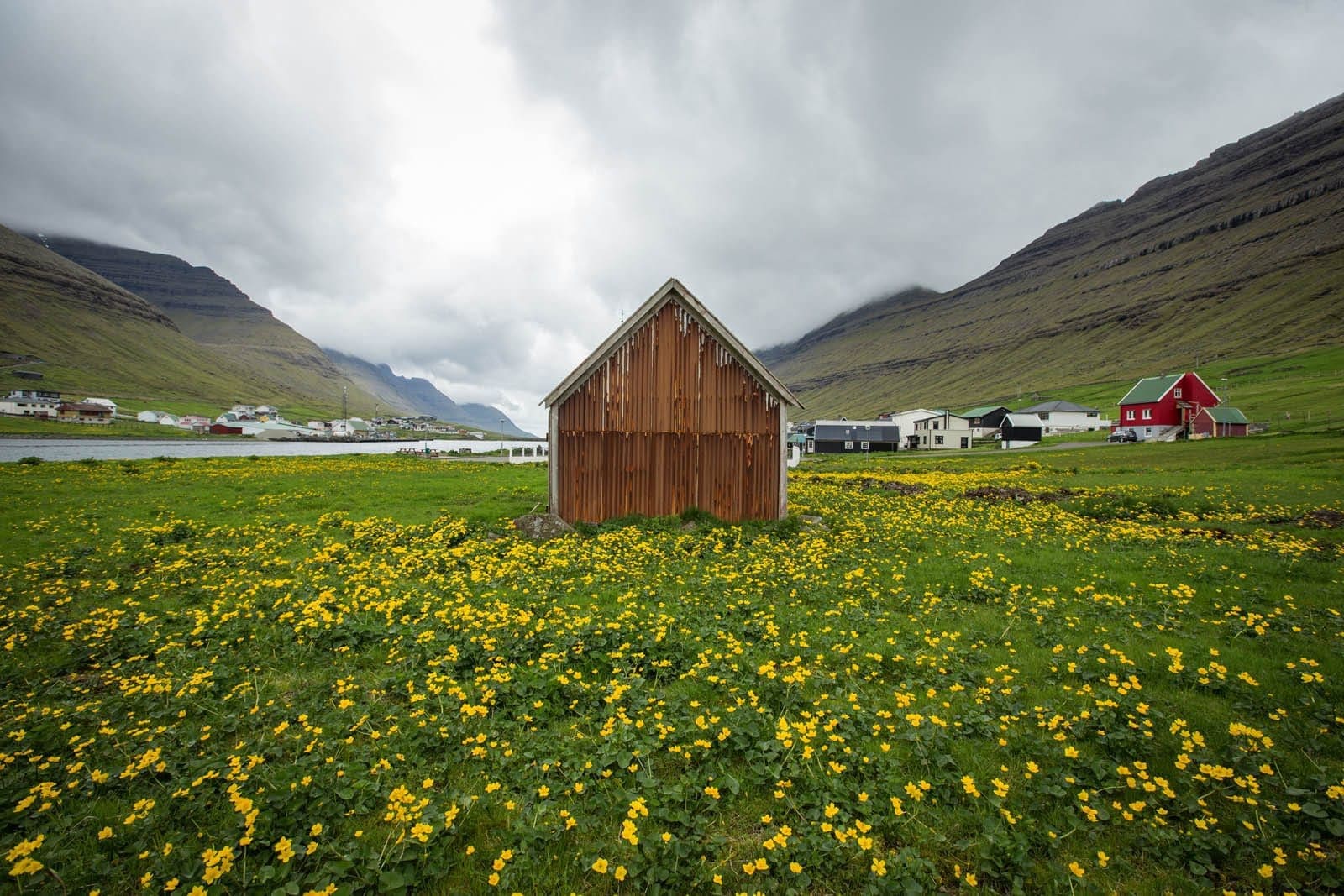
Read about Mark Bibby Jackson’s Faroe Islands Holiday : Sounds of Silence.
How to get to the Faroe Islands: In normal times, there are daily flights to the Faroe Islands (London to Vágar Island, via Copenhagen) year-round, costing from £368 pp return. And from October 2021, direct flights from Edinburgh to Vágar Island, from £308 pp return, operate twice-weekly (Mondays and Thursdays). Visit www.atlantic.fo for further information. Please check current entry requirements here.
Where to stay: Two new 4-star hotels opened on the Faroe Islands in 2020 – Hotel Brandan and the Hilton Garden Inn, both situated in the capital, Tórshavn. An overnight stay costs from £153 for two sharing at the Hilton Garden Inn and from £209 for two sharing at Hotel Brandan.
To learn more about the fascinating Faroe Islands, visit www.visitfaroeislands.com.
